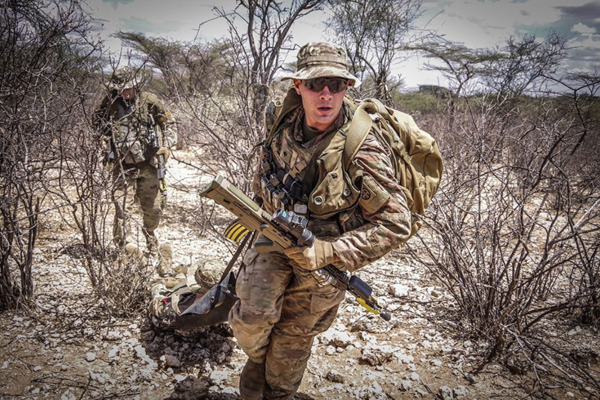

I know several career CBRN soldiers who have not been to Korea, but most have. Many CBRN soldiers think that a mission of the Chemical Branch, at US Army Human Resource Command, is to try to get all CBRN soldier to Korea, for at least one tour. Japanese intelligence believes that North Korea has developed missiles capable of delivering nerve gas. Twenty-five million people live in the vicinity of Seoul, South Korea, within range of that artillery. Much of which can be delivered with artillery, which is hidden in tunnels and caves very close to the DMZ. Just stick it against your leg and it injects atropine.Īccording to South Korean intelligence, North Korea has been building chemical weapons since 1980, and is estimated to have between 2,500 and 5,000 tons of different chemical and biological weapons, including anthrax, smallpox, and the plague. All soldiers, in line units, are issued a spring-loaded atropine syringe along with their protective mask. Symptoms of nerve gas are convulsions, foaming mouths, blurry vision, difficulty breathing, – death.

It is colorless and odorless, and even at low concentrations death can occur within one to ten minutes if the antidote “Atropine” is not injected. In April 2017 another gas attack was used in Syria. There is no antidote, just stop breathing and get away from the cloud, but the damage is permanent. When released, as a gas, it produces a green cloud, and when breathed it breaks down the mucus membranes in the airways creating fluid. Using it as a weapon is internationally illegal. It is used in paints, textiles, insecticides and PVC to name a few products, making it is very easy to obtain. It is used to treat drinking water and swimming pool water. Chlorine is not illegal it is a disinfectant. Since 2011 Chlorine Gas has been used in Syria an estimated 100 times. There about 20 countries that have or are suspected to have chemical weapons, and eight to ten that are strongly suspected to have biological weapons (anthrax, plague, etc). There are nine countries known to have nuclear weapons, including China, Russia, and North Korea, also India and Pakistan who share a border and a dislike for each other. Recently WMD Response teams have popped up in the Guard and Reserve side that have chemical soldiers along with radiation specialists and EOD. They lay smoke in support of maneuver units. They provide battle field obscurants, most commonly smoke. They provide the expertise and equipment for a deliberate decon of a unit (pax and vehicles). They conduct chemical reconnaissance with the M93 Fox and similar systems. Chemical Companies are usually the big three: recon, decon, smoke.

The vast majority are in other than CBRN units. They maintain all the CBRN equipment in a unit and provide training to the unit on CBRN tasks and equipment like detection of agents, personal decon, protection, unmasking procedures and deliberate decon. USR (Unit Status Report) is a monthly requirement in which they crunch many of the numbers. They usually have more senior CBRN NCOs/Officers at BN, BDE, and DIV (battalion, brigade, and division).
74d mos army update#
This is an update of an article I posted a couple of years ago, titled “Chemical”, so you don’t have to read both.Ī Chemical Corps Lieutenant Colonel recently described the job like this “Most 74Ds are the CBRN Specialist for a company, any company. AIT (Advanced Individual Training) is 11 weeks, at Fort Leonard Wood, Missouri. That is CBRN Specialist (Chemical, Biological, Radiological, Nuclear), MOS (Military Occupational Specialty)74D. That job has a fairly high number of soldiers, and a very high requirement for Sergeants. If you are considering the Army, but you are not a “kid” anymore, and you don’t want to forever become an equal with the “youngsters”, there is one support job where you can rapidly rise through the ranks. Other than the infantry, there is one job, where that has been happening for the past couple years. Make Sergeant in two years, Staff Sergeant in just over four.


 0 kommentar(er)
0 kommentar(er)
